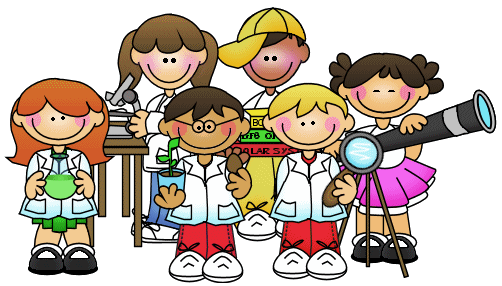
TURKEY
YUNUS EMRE NURSERY SCHOOL
Experiment 1: We moved things by blowing them!
Equipment:
1. Pipette
2. Small pieces of leaves
3. Clear plastic bag
Information: Air can move things – think of leaves or sand blowing on a windy day. It can speed things up or slow things down (think of cycling a bike with the wind behind you or against you).
Trigger questions: 1. Can you see air? (Not really, if it is clean) Can you hear air? (Yes if it is moving) Can you smell air? (Not if it is pure) Can you feel air? (Yes if it is moving) Do we need air? (Yes….) Can air move things? What sort of things can it move? How can you move air?
Skills: Predicting, experimenting, observing, measuring, recording, analysing
Activity:
First i have asked them:
''Can we move various materials using air? , What are the different ways of using air to move these things?” (They may suggest blowing directly or through a straw, fanning …)
After that we moved the leaves by blowing them with pipette.
Experiment 2: Fireproof Balloon
EXPERIMENT
Blow up a balloon just as you normally would and tie it off.
Light a candle and place it in the middle of the table.
Put on your safety glasses because it’s time to pop the balloon. Hold the balloon a foot or two over the top of the flame and slowly move the balloon closer and closer to the flame until it pops. You’ll notice that the flame doesn’t have to even touch the balloon before the heat melts the latex and the balloon pops. Let’s just say you had to prove what you already know.
Let’s repeat the experiment, but this time the bottom of the balloon will have a layer of water inside.
Fill the balloon to the top with water—it probably holds a few ounces (that’s 60 mL for you scientists out there)—and then blow it up with air. If you accidentally let go of the balloon before you tie it off,
you’ll spray yourself, and your friends
will love it. Just tie off the balloon and get ready for the next step.
Hold the water-filled balloon at the top while you slowly lower it over the candle and watch as people start to run. Everyone knows that it’s going to pop, but for some strange reason it doesn’t. If you’re very brave, you can actually allow the flame to touch the bottom of the balloon, but it still doesn’t pop.
Remove the balloon from the heat and carefully examine the soot on the bottom. Yes, there’s soot, yet the balloon didn’t pop. Before reading the explanation, try to figure out why the layer of water kept the balloon from popping.
Experiment 3: Smelling and Tasting fruits
Equipment:
1. Pictures of senses
2. Small pieces of fruits
3. Someting to cover the eyes
Information: Today we are going to think about our senses. What are these? Here are some clues. (Used the drawings of senses). Seeing/Hearing/Touching/Tasting/Smelling. We are going to concentrate on one sense. Our sense of smell!
Trigger questions: What would like the smell of a fish? Cat/seagull/osprey/bear
Who likes the smell of a bone? Dog/wolf/lion
Can you invent some names for the new perfumes in the lemon, apples, flowers, eggs.
So our noses are good at telling the difference between smells. Our noses also help us detect danger.
Activity: Three children went to the centre at one time. They smelled the samples there and saw if they can detect what the smell was.
After the experiment children ate the fruits.
Conclusion/Questions:
Which smell was the easiest to match?
Which smell was the most difficult to match?
Why do you think some smells were easy and some were more difficult?
How was your sense of smell affected while blindfolded?
Experiment 4: Space:
First I helped the children construct rocket ships out of recycled materials. then, showed pictures of space rockets and capsules to the children by looking at books together. Then each child made their own rocket by using cardboard toilet tubes.
We all together went to the space with this rockets and saw how the earth is big. we studied our world from a distance.
Then we came back to our world and learn about Eratosthenes life.
EDİRNE UZUNKÖPRÜ DEMOKRASİ PİRMARY SCHOOL
CARBONATE AND CIRCLE EXPERIMENT
Materials: Balloon,
a soda bottle,
vinegar,
carbonate and tea spoon.
Application: First, put 2-3 cm vinegar in the syrup bottle. There is a tea spoon in the mouth of the bubble. Very quickly move the mouth of the ball into the mouth of the bottle is passed to the mouth.
Conclusion: The amount of oxygen in the carbonaceous melt increases as the acidic substance circulates.
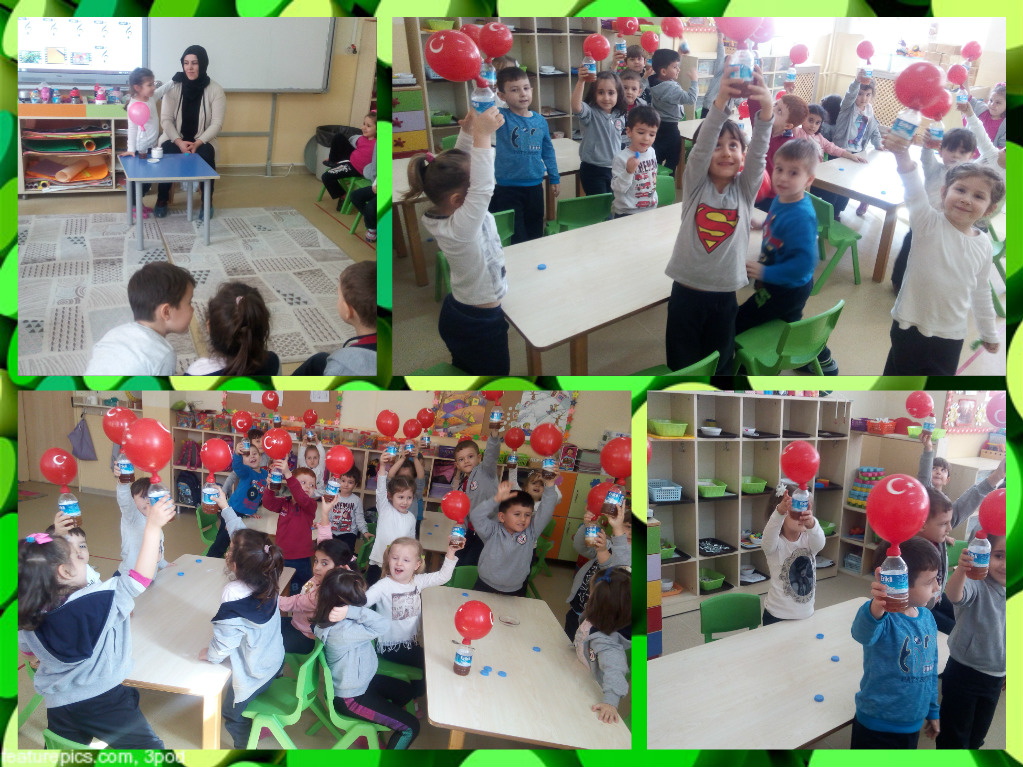
GREECE
Amygdaleonas:
Here's our first science activity:
While wondering where the colors of the rainbow come from, we talked about the three basic colors (red,yellow, blue) and the "shade" ones (black/white). Then, we tried to make more colors by using plastic transparent colored stirrers, and wrote down our conclusions:
red and yellow=orange
red and blue=purple
yellow and blue= green
yellow, green and blue - coffee brown
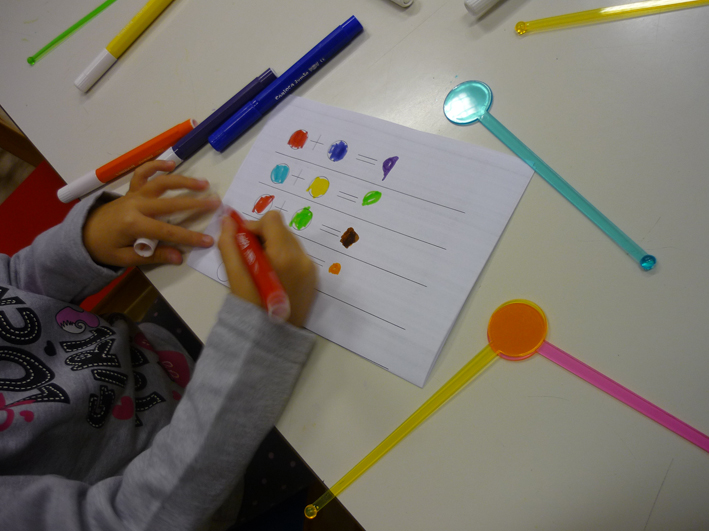
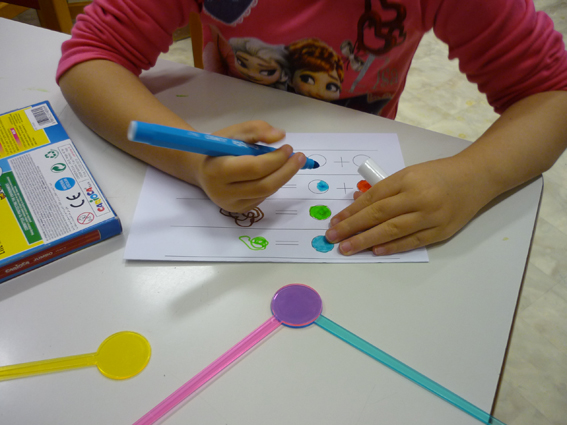
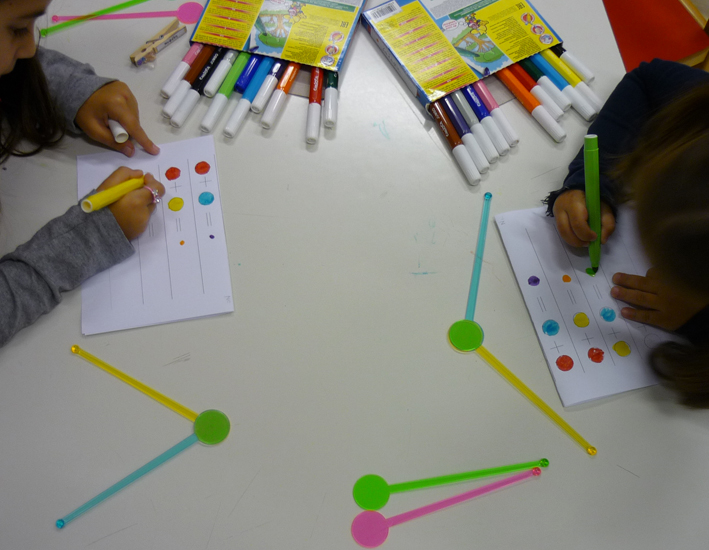
Then we tried to figure out how white and black change colors. White was great; We produced pink, baby blue, but black smeared everything and looked like dirt.. :)
*********************
Afandou:
From Afandou Greece a video about all we had to go through to become MICROBSBUSTERS!
Penelope Gogidi
POLAND
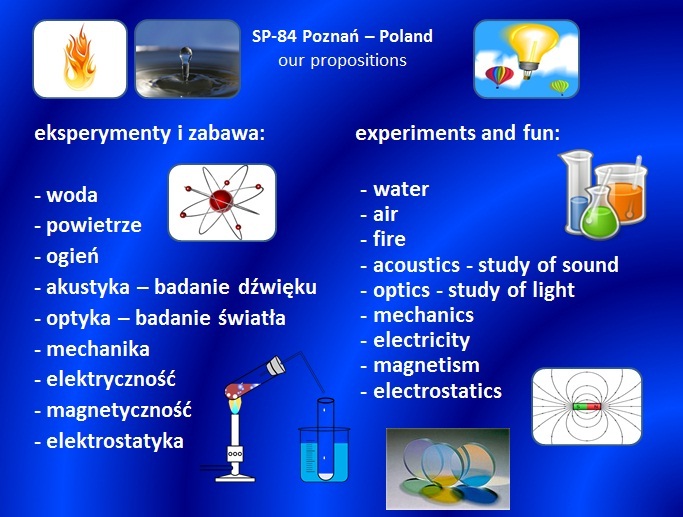
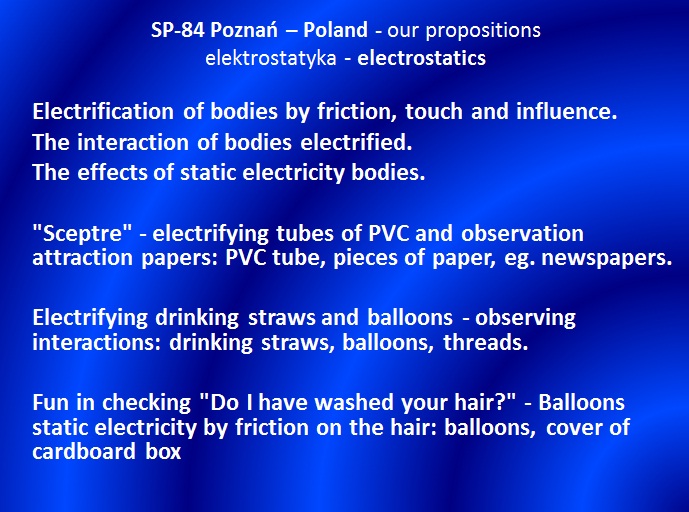
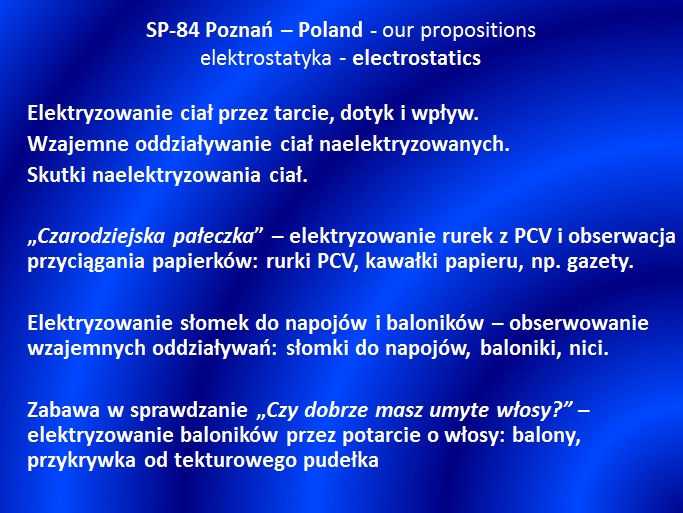
UKRAINE
Kate Sinkina